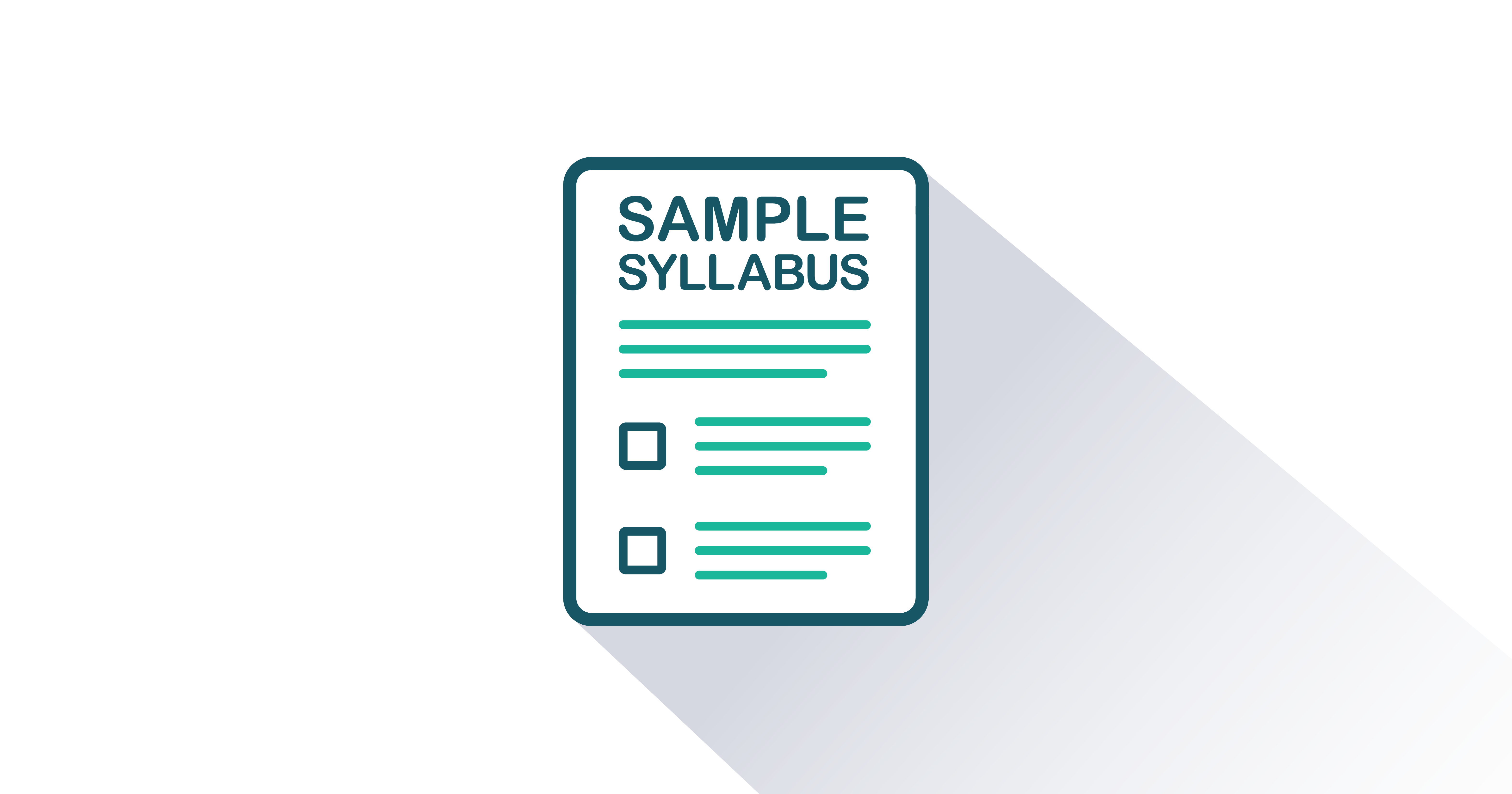Making Sense of Behavioral Statistics
Version 1.0
By Robert F. Lorch Jr.
Included Supplements
Key Features
- Over 45 embedded hyperlinks to streaming videos enrich hybrid and online courses, engage students, and reinforce or augment many of the presented topics
- Structured in two overall parts: Part One: Univariate Procedures (Chapters 1–12) and Part Two: Bivariate Procedures (Chapters 13 and 14). The advantages of treating bivariate descriptive statistics later in the book are: (1) the distinction between univariate and bivariate statistics is made explicit and clear; and (2) descriptive and inferential procedures in bivariate statistics are treated consecutively so there is no need to refresh student’s memory for the descriptive statistics before introducing the inferential tests.
- The core inferential procedures of hypothesis testing, confidence intervals, effect size estimation and power are returned to repeatedly across different domains (e.g., normal distribution, t-distribution, Chi-square, correlation and regression) to emphasize the common logic of each procedure across the domains
- Chi-Square is presented in Chapter 12 instead of at the end of the book to keep it grouped with univariate procedures.
- Unique treatment of contrast procedures in which the computation of the t-test is identical across all contexts and only the critical value of t is adjusted to control familywise error rate (Chapters 10 and 11). This approach is easier for students to understand because it separates computation of the test statistic from the conceptual need to control Type 1 error rate across multiple tests
- Expanded coverage of bivariate inferential procedures reflects the extensive use of regression-based statistics in the behavioral sciences and the need for students to develop a clear understanding of correlation and regression statistics
- Supplementary chapter on using SPSS (Appendix A) includes an overview of how to use the popular software. Relevant chapters in the book include illustrations of the applications of specific SPSS programs to datasets, along with exercises for students.
- Five optional Appendices to enrich advanced or master’s level courses. Appendix B establishes the place and role of statistical analysis in the broader research context. The remaining four Appendices describe authentic, large-scale studies requiring multiple analyses. The approach to determining which analyses are relevant is described and the analyses are carried out and interpreted.
-
Supportive learning structure includes:
- “Learning Questions” at the start of each main section help to orient students to their goals in studying the section
- “Key Terms” and marginal glossary help students understand and become comfortable with important vocabulary and phrases
- “Key Takeaways” at the end of each main section reflect the corresponding Learning Questions and summarize key ideas in bullet-point fashion. “Key Takeaways” enable the learner to pause and consolidate the information just read into a ‘chunk.’ This process enables the reader to better understand and retain the section’s content and its key concepts
-
End-of-Chapter Material
- “Test Your Understanding” questions recap the Learning Questions for the chapter. Stated as open-ended questions rather than multiple-choice questions, they require deeper understanding of chapter concepts and procedures. Answer guidelines are included in the Instructor’s Manual
- Homework Exercises provide practice with procedures, extend students’ understanding to novel situations, and get students to think more about important concepts. Elaborated answers to the chapter exercises are compiled in the Instructor’s Manual
- “Using SPSS” illustrates how to execute the relevant SPSS program using datasets and practice problems
- Answer guidelines to all chapter-end material are included in the Instructor’s Manual
- All supplements are written by the author to ensure an excellent match with the book’s content. The instructor’s manual includes suggested answer guidelines for all discussion questions and exercises.
Students
- Online Access Price
- $36.95
- Color Printed Textbook with Online Access Price
- $63.95
Making Sense of Behavioral Statistics is appropriate for the first course in basic statistical methods applied to selected behavioral sciences at the undergraduate and master’s levels in both two- and four-year colleges and universities. Courses may be called Introduction to Behavioral Statistics, Behavioral Statistics, Psychological Statistics, Educational Statistics or similar titles, and are typically offered in departments of psychology, education, and educational psychology.
Making Sense of Behavioral Statistics helps students attain statistical literacy by achieving three broad goals: (1) Understand basic descriptive statistics, including how to present and use tables and graphs and the common measures of properties of distributions, (2) Fully appreciate how the process of inferring population characteristics from sample characteristics is based on the ability to compute probabilities of study outcomes, and (3) Understand the logic and interpretation of the four major inferential procedures in conventional statistical applications—hypothesis testing, confidence intervals, effect size estimation, and power. This book encourages learners to attain statistical literacy by treating all statistical concepts and procedures as logical and meaningful, particularly for students who are uncomfortable with or anxious about mathematics.
Making Sense of Behavioral Statistics is distinguished from its closely related variation called Understanding Behavioral Statistics by the use of the Normal distribution to introduce statistical inference. Making Sense of Behavioral Statistics follows the conventional approach of presenting the Normal distribution (Chapter 5) then using it to introduce inferential statistics (Chapters 6 and 7). Therefore, Making Sense of Behavioral Statistics is most appropriate for faculty who want to take a more traditional approach to developing topics in statistical inference.
- About the Author
- Dedication
- Acknowledgments
- Preface
-
Part 1: Descriptive Statistics
-
Chapter 1: Introduction to the Study of Statistics
-
Chapter 2: Variables and Their Distributions
-
Chapter 3: Measures of Properties of Distributions
-
Part 2: Foundations of Inferential Statistics
-
Chapter 4: Introduction to Probability
-
Chapter 5: The Normal Distribution: Theoretical Foundations
-
Part 3: Analyzing Means
-
Chapter 6: Inferential Procedures Based on the Normal Distribution
-
Chapter 7: The Power of a Hypothesis Test
-
Chapter 8: Student’s t for Inferences about a Single Mean
-
Chapter 9: Student’s t for Inferences about the Difference between Two Means
-
Part 4: Analyzing Variance
-
Chapter 10: One-Factor Analysis of Variance
-
Chapter 11: Two-Factor Analysis of Variance
-
Part 5: Analyzing Frequencies
-
Chapter 12: Using the Chi-Square Distribution to Analyze Frequencies
-
Part 6: Bivariate Distributions: Analyzing Relations between Variables
-
Chapter 13: Describing Bivariate Distributions
-
Chapter 14: Inferences about Correlation and Regression
-
Appendix A: An Introduction to SPSS
-
Appendix B: The Research Study
-
Appendix C: Integration and Application: Descriptive Statistics
-
Appendix D: Integration and Application: Analyzing Means
-
Appendix E: Integration and Application: Analyzing Variance
-
Appendix F: Integration and Application: Analyzing Relations between Variables

FlatWorld Homework
FlatWorld Homework includes multi-format questions written specifically for your FlatWorld book, which you can access through our stand-alone interface or integrate with your learning management system.

Instructor’s Manual
The Instructor’s Manual guides you through the main concepts of each chapter and important elements such as learning objectives, key terms, and key takeaways. Can include answers to chapter exercises, group activity suggestions, and discussion questions.

PowerPoint Lecture Notes
A PowerPoint presentation highlighting key learning objectives and the main concepts for each chapter are available for you to use in your classroom. You can either cut and paste sections or use the presentation as a whole.

Test Generator - powered by Cognero
FlatWorld has partnered with Cognero, a leading online assessment system, that allows you to create printable tests from FlatWorld provided content.

Test Bank Files for Import to Learning Management Systems
For your convenience, we've packaged our test items for easy import into Learning Management Systems like Blackboard, Brightspace/D2L, Canvas, Moodle, or Respondus.

Test Item File
Need assistance in supplementing your quizzes and tests? Our test-item files (in Word format) contain many multiple-choice, fill-in-the-blank, and short-answer questions.

Sample Syllabi
Sample syllabi provide useful templates to help new faculty adopters revise their teaching plans to match their assigned FlatWorld textbook or lend insights to existing adopters on how to organize their classes.
DownloadAt FlatWorld, we take pride in providing a range of high-quality supplements alongside our titles, to help instructors teach effectively. Supplements are available for instructors who have registered their adoption with us. If you need to review or preview something specific, please contact us.
Already registered? Sign in here.
